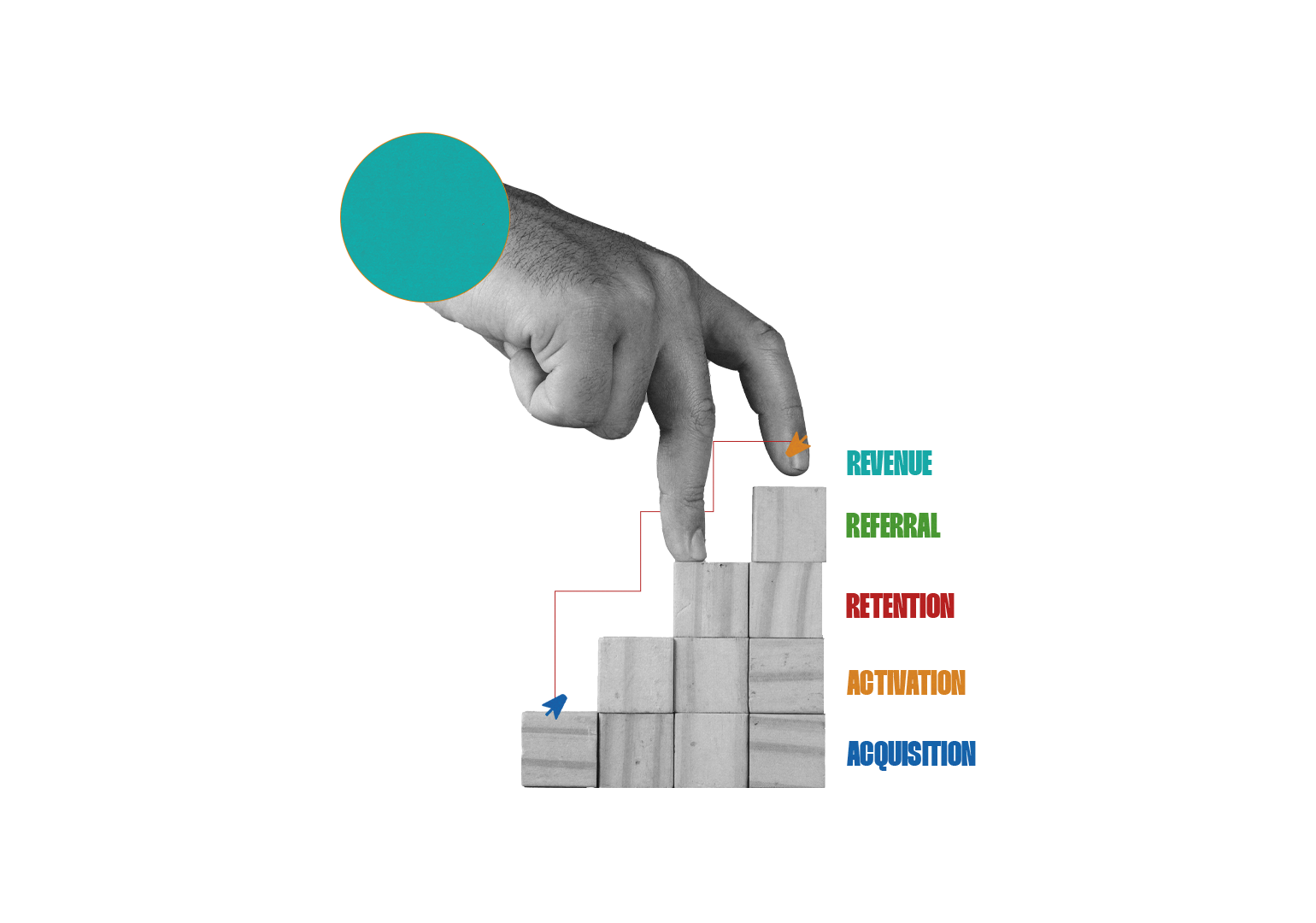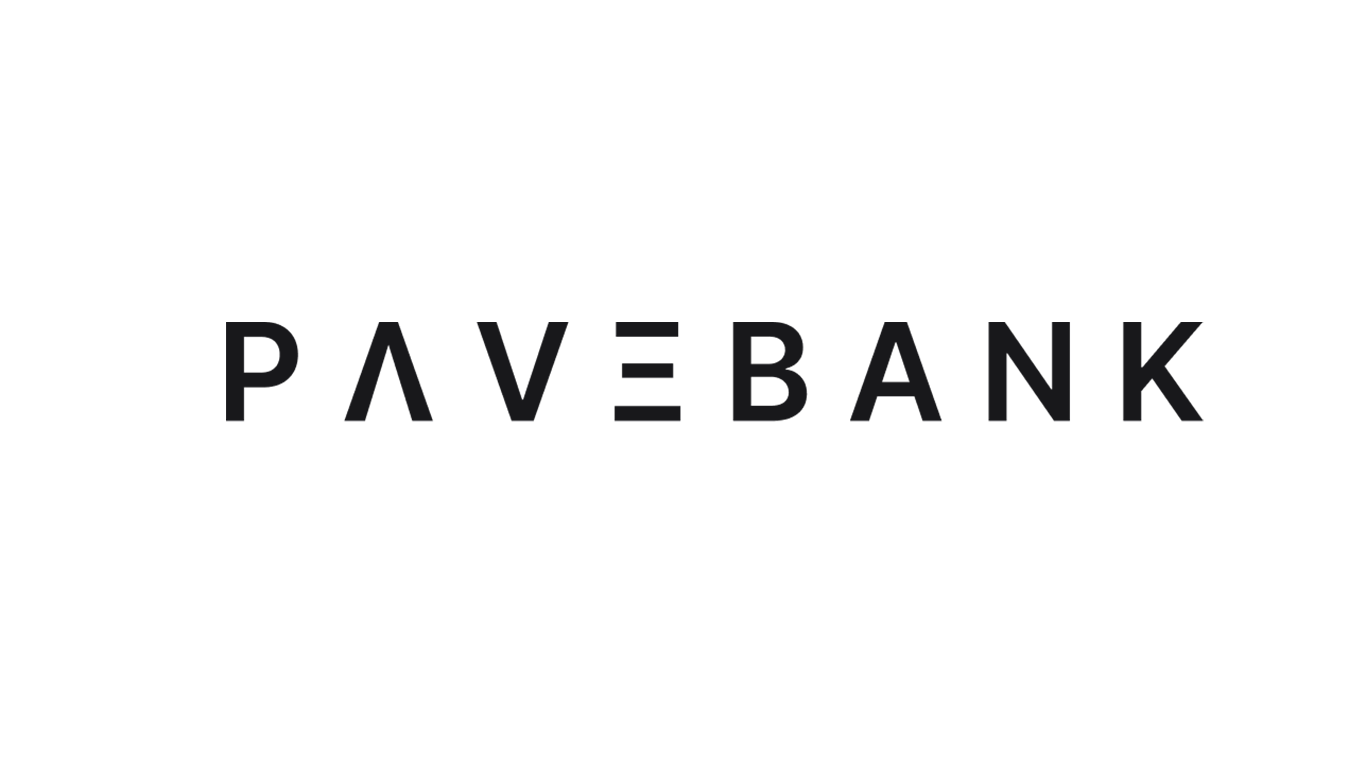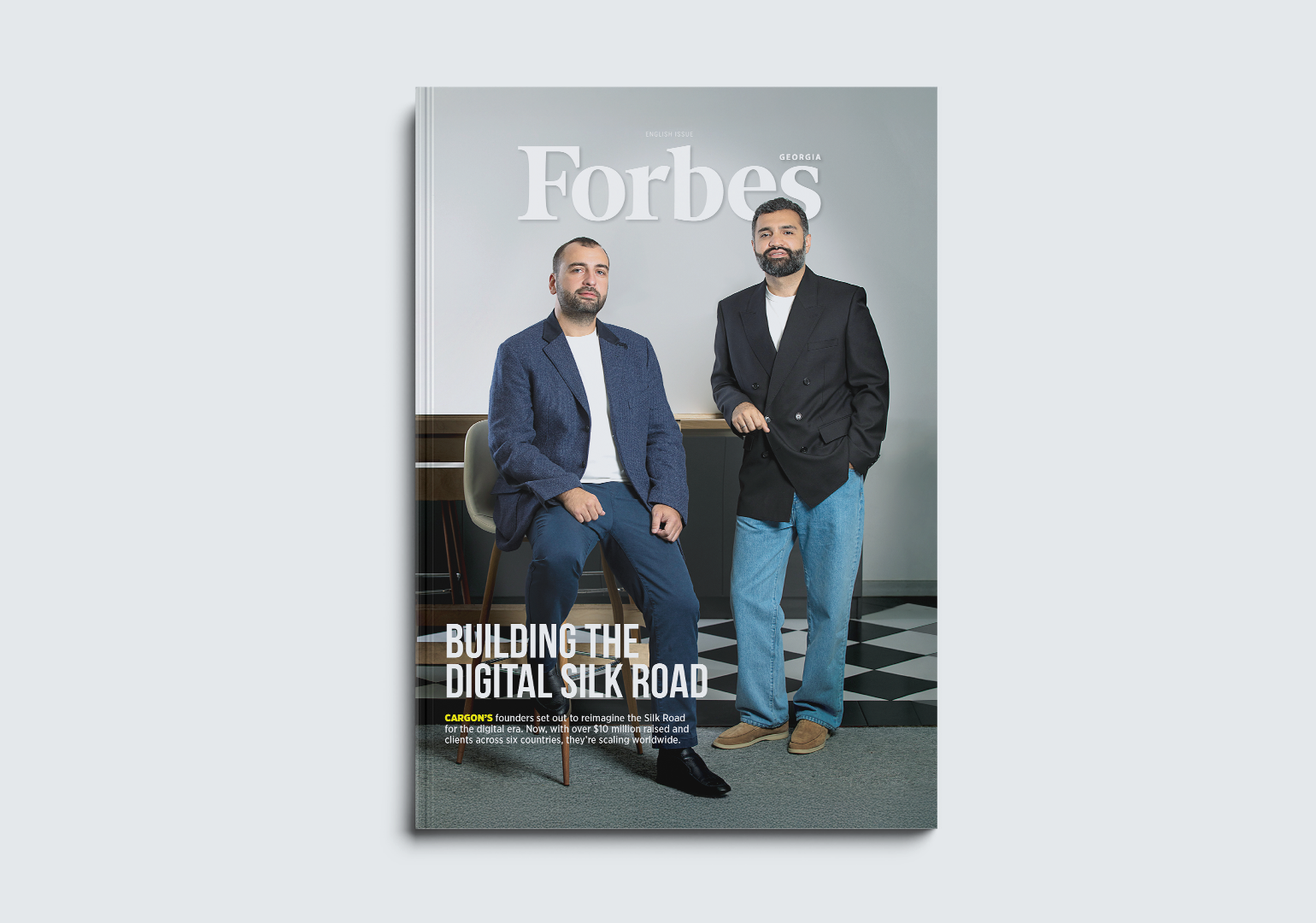Originally published on Gaia Labs.
When you hunt for hacks you’re no better than a teenager chasing after the crypto market with all his savings hoping he’ll be a millionaire by the time he turns eighteen.
Call it an engine, call it a funnel, call it whatever you want. These are 5 core components of growth:
- Acquisition: how you find new people who need your product?
- Activation: how do you help you users see the value in your product?
- Retention: how do you make sure the users don’t leave?
- Referral: how do you incentivize your users to bring in more people like them?
- Revenue: how do you generate money from all this?
Or AARRR – yeah, pirates, hence its nickname as the “pirate metrics framework.” Silicon Valley investor Dave McClure created it.
Growth engine rests on these pillars. Let’s tackle them one-by-one.
Oh, and while we do that think about these in the background:
- Setting Clear Objectives: Begin with defining your overarching growth objectives. What are you aiming to achieve in the next quarter, the next year, or the next five years? Make these goals specific, measurable, achievable, relevant, and time-bound (SMART).
- Identifying Key Performance Indicators (KPIs): Choose KPIs that directly reflect progress towards your growth objectives. These could range from user acquisition rates to customer lifetime value (CLTV) and churn rate.
- Ensuring Product-Market Fit: Before you ramp up your growth efforts, ensure your product deeply resonates with your target market’s needs. This fit is your growth engine’s fuel.
- Defining a Growth Metric: Select a primary growth metric that best represents the value your product delivers. This could be daily active users (DAUs), monthly recurring revenue (MRR), or another metric closely tied to your product’s core value proposition.
Phase 1: Acquisition
Okay, let’s say you have a product or at least an MVP. How do you get it infront of the people who need it?
You go and put your product up on acquisition channels.
The goal of acquisition is to drive qualified traffic to your website, or in other words and is usually measured by metrics like click-through rate, traffic per channel, visitor-to-lead conversion rate and customer acquisition cost.
But which channels should you go for:
- Search engine optimization (SEO)
- Pay-per-click advertising (PPC)
- Social media marketing
- Content marketing
- Influencer marketing
- Email marketing
- Traditional marketing
- PR
- Referrals
- Sponsorship
- And other channels
Basically, whichever happens to cost-effectively scale for your startup. Nobody can tell you for sure what will work for you but here are some of the experiments I would prioritize based on your business type:
For B2C
- B2C eCommerce: Instagram/FB, influencers, sponsorships, and marketplaces should be your playground. You might also try dipping your toes into Pinterest, Google Ads, and Google Shopping.
- B2C Mobile Apps: Your best bets? Instagram/FB Ads, Google Ads and Apple Search. Maybe a bit of good old referrals.
- B2C SaaS: Facebook Ads, content-driven strategies, and product-led growth should be your mantra. And don’t be shy to play with Google Ads and collaborative partnerships.
- Brick and Mortar: Traditional, but evergreen. Try Facebook Ads, Instagram Ads, Banners, and a bit of PR magic. Maybe even Google Ads, and affiliate program.
For B2B
- Niche B2B with high ARPU: Think enterprise software charging big bucks annually. Sales, content, webinars, partnerships, Facebook Ads, Google Ads, and LinkedIn Ads will be your allies for lead generation.
- Broad B2B with medium ARPU: Imagine software for small businesses, say, accounting tools. The tactics from the previous point largely apply. The only twist: a bit more focus on ads and content and a bit less on sales, webinars and partnerships.
- Niche B2B with low ARPU: Say, a specialized tool for app developers. With limited ad and sales budgets, your best shots are word-of-mouth, communities, product-led growth, and genuine content.
- Broad B2B with low ARPU: General software products that don’t break the bank. Content Marketing, Google Ads, and perhaps Apple Search Ads if you’ve got an app in the mix. Mass distribution partnerships and integrations could be the cherry on top.
- ARPU – average revenue per user
Use ICE Framework to Choose
So, you’re gearing up to test the waters. But a word of caution – don’t dive in head-first without a strategy. Sean Ellis’s ICE prioritization framework is your compass here. Rank each channel using the ICE method:
- Impact (1-10): How game-changing would the channel be if it hits the bullseye?
- Confidence (1-10): How sure are you about its potential?
- Ease (1-10): How effortless is the trial?
Armed with this, you’re not just throwing darts in the dark. You’re aiming with precision.
Here are some additional tips:
- Don’t model your website after a late-stage company: If you are an early or growth-stage startup, don’t look at Stripe or Notion’s website. People know what Stripe and Notion are. They don’t know you.
- Communicate your product, not your vision: Users don’t care about your vision (investors do). What users care about is whether or not this is the product they need. Again – product-led.
- Be clear about who you’re talking to: Be realistic. Your budget is limited. You can only reach so many people. Be picky with who you target.
- Copy is only half the battle: You need design and images to augment the words on the page. Do NOT use stock photos.
The tools I’d recommend to build a landing page:
- Webflow for a full-blown professional website with a blog.
- Carrd for a one-page simple website. This is as simple as it gets.
Once acquisition gets people into your funnel, you have to activate them.
Phase 2: Activation
Most SaaS apps lose 95% of their new users after 90 days. That’s insane.
When you onboard users, you want to welcome them into your product in a way that excites them to become lifelong customers.
You can do this multiple ways:
- Integrated walkthrough Walk the user through one product feature at a time while having them fill out their profile or create a sample project in the process.
- Sample data and tooltips Or you can throw them right into their account. If you do this, present them with pre-filled sample data to play with in places where they’re expected to enter their own input.
- Video only if you can easily visualize your product’s value — or if you have a very complex product that requires intricate explanation — make users watch an optional screen recording video.
These are the principles of onboarding design:
- Decrease friction (remove obstacles)
- Make it enticing
- Make it productive
But the point here is to get them to the “aha” moment as effectively as possible.
Here are some examples of “aha” moments:
- Facebook: adding seven friends in the first ten days after signing up.
- Mailchimp: sending your first email campaign.
- Candy Crush: ****finishing your first game.
- Grubhub: ordering food for the first time
- Trello: creating your first board.
- LinkedIn: getting your first 500 connections.
- Uber: finishing your first ride.
- Spotify: creating your first playlist and getting song recommendations.
One goal of growth is to get people to their “aha” moment as quickly as possible. Their first use of your product should hook them into returning.
This action varies from product to product, so you’ll need to define yours.
Take Pinterest for example. After you sign up it forces you to select several categories of interest (like DIY, fashion, recipes, etc.) Why does it do that? Because they know that users who quickly find and pin content aligned with their interests are far more likely to engage with the platform regularly.
Or, take Twitter. They discovered that users who didn’t start following several accounts immediately after creating their account often didn’t stick with the platform.
In response, they overhauled the initial user experience to encourage you to follow at least five accounts upon signup (a requirement they’ve since reduced to just one). And they made it super simple by suggesting accounts that align with the interests you selected a couple of steps back.
Okay, so now you’ve acquired some users. Let’s move on to maintaining them.
Phase 3: Retention
Unlike the other stages so far, retention is less a particular moment than a process — the process by which a new user becomes a long-term user and continues returning.
It’s far cheaper to keep current customers than it is to acquire new ones. So, don’t make the mistake of pouring fuel on the acquisition fire while not allocating the resources to maintaining it.
The best kind of retention doesn’t feel like retention at all. It’s when your product becomes as essential as morning coffee. People don’t return because they have to; they return because a day/week/month without it feels incomplete.
But you can leave it up to fate like that and pray they come back.
Here are 4 things you can actually do:
- Proactive lifecycle marketing: It’s about sending the right message at the right time. Think of it as dating – you wouldn’t propose on the first date (I hope). So, why rush your users? Nurture them, understand their needs, and when the time is right, make your move.
- Build a community: Build a community so engaging that even introverts are tempted to join the conversation. It’s like hosting the party everyone wants to be at. Your product isn’t just a tool; it’s a clubhouse. Remember, people stick around for the vibes, not just the services.
- Suprise customers with great offers: Everyone loves a good deal, but the trick is not to make it feel like a clearance sale. Tailor your offers to feel like a secret handshake – exclusive, personalized, and just a bit VIP. It’s not about slashing prices; it’s about elevating value. Make them feel like they’ve won the lottery, not just saved a few bucks.
- Have an amazing customer success experience: This is your frontline, your knights in shining armor. Empower them. When a customer complains, don’t just fix it; turn it into an experience and develop relationships.
Now, the next step is about having the existing customers bring in even more customers.
Phase 4: Referral
Referral phase is about turning your users into a merry band of evangelists, spreading the gospel of your product far and wide. This isn’t just growth; it’s growth on steroids, and it comes in two flavors: organic and inorganic, or as I like to call them, “voluntary evangelism” and “bribed loyalty.”
- Organic virality is like a secret club. You’re in it because someone you trust showed you the secret handshake (aka invited you to their Slack group). It’s all about the cool factor and the ‘I discovered it first’ badge of honor. No incentives needed here, just the good old-fashioned human desire to share something awesome.
- Inorganic virality, on the other hand, is where the game gets interesting. It’s like telling your friends about a party because you get a slice of cake for every guest you bring. Dropbox is the poster child of this approach, turning their users into a swarm of happy bees, buzzing from flower to flower, pollinating the internet with referrals in exchange for more digital nectar (read: storage space).
To get referrals going, reach out to your best customers and reward them for inviting their friends. However, to really accelerate growth significantly, you need a viral loop.
Viral loops comprise 3 steps.
- A customer discovers and uses your service.
- The customer tells his friend about the service.
- The friend becomes a customer as well.
Viral loops are super useful for apps or websites that get better the more people use them. Think about social media like Facebook, Instagram, or LinkedIn. They’re all about connecting with others, so if you’re the only one using it, it’s not much fun.
To see if your referral game is strong, you’ll want to check out something called the viral coefficient. It’s a fancy way of saying how many new users each of your current users brings in. It helps you figure out if your users are really spreading the word and getting their friends to sign up too.
This is how you calculate the viral coefficient:
Viral coefficient = number of invites sent per customer * conversion percentage.
For example, if your customers send out 10 invites and 2 people convert, the math is like this:
Viral coefficient = 10 * (2/10) = 2
A viral coefficient above 1 signifies exponential growth.
But before adding generic social media share buttons, think. These button rarely work, instead think more in terms of network effects.
Phase 5: Revenue
The last step in the growth funnel is revenue. Pricing is at the heart of it.
Here’s the breakdown:
- Value Metric: Identifying what you’re charging for is your first step. It’s straightforward for some businesses (like selling physical goods) but can be complex for SaaS and marketplaces. Your value metric is crucial for aligning price with customer value.
- How to Charge: Deciding on the pricing structure is next. Options include per-user pricing, tiered pricing based on features or usage, or a simple flat rate. Each has its pros and cons depending on your service and customer base.
- How Much to Charge: Setting the right price is a delicate balance. It’s about finding the sweet spot where the price reflects the value provided to your customers without discouraging purchase.
Remember, pricing should be dynamic. It’s not set in stone but should evolve alongside your product, market conditions, and customer feedback.
To optimize revenue growth, consider these actions:
- Reevaluate and refine your pricing model as your product and its market mature.
- Conduct research to understand your customers’ willingness to pay, ensuring your pricing remains competitive and fair.
- Experiment with freemium models or free trials to lower the entry barrier and attract more users.
- Leverage upselling and cross-selling opportunities to increase the average revenue per user (ARPU).
For instance, introducing an annual subscription option might secure a longer commitment from customers and provide you with upfront cash to reinvest in growth.
It’s also wise to explore additional needs your customers might have that you can address, potentially expanding your revenue streams.
I’m going to leave you with this.
Discipline your company. Stay agile, experiment, and iterate.
When you hunt for hacks you’re no better than a teenager chasing after the crypto market with all his savings hoping he’ll be a millionaire by the time he turns eighteen.
Co-founder & Growth Lead at Kernel













